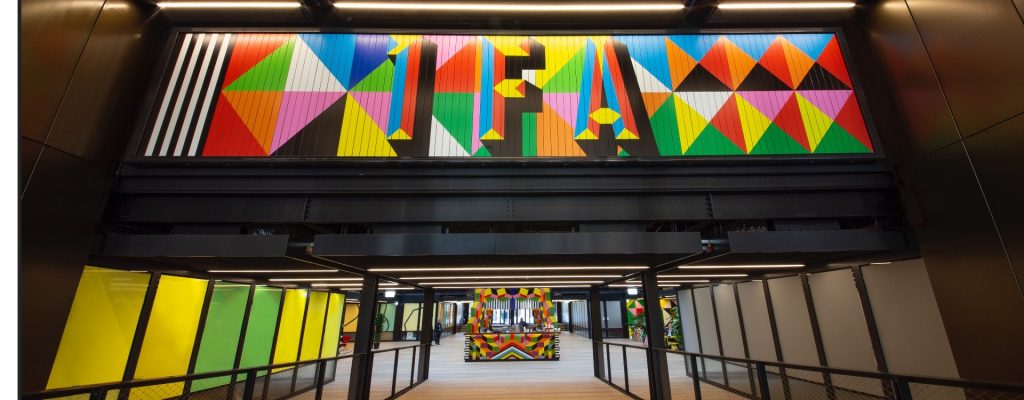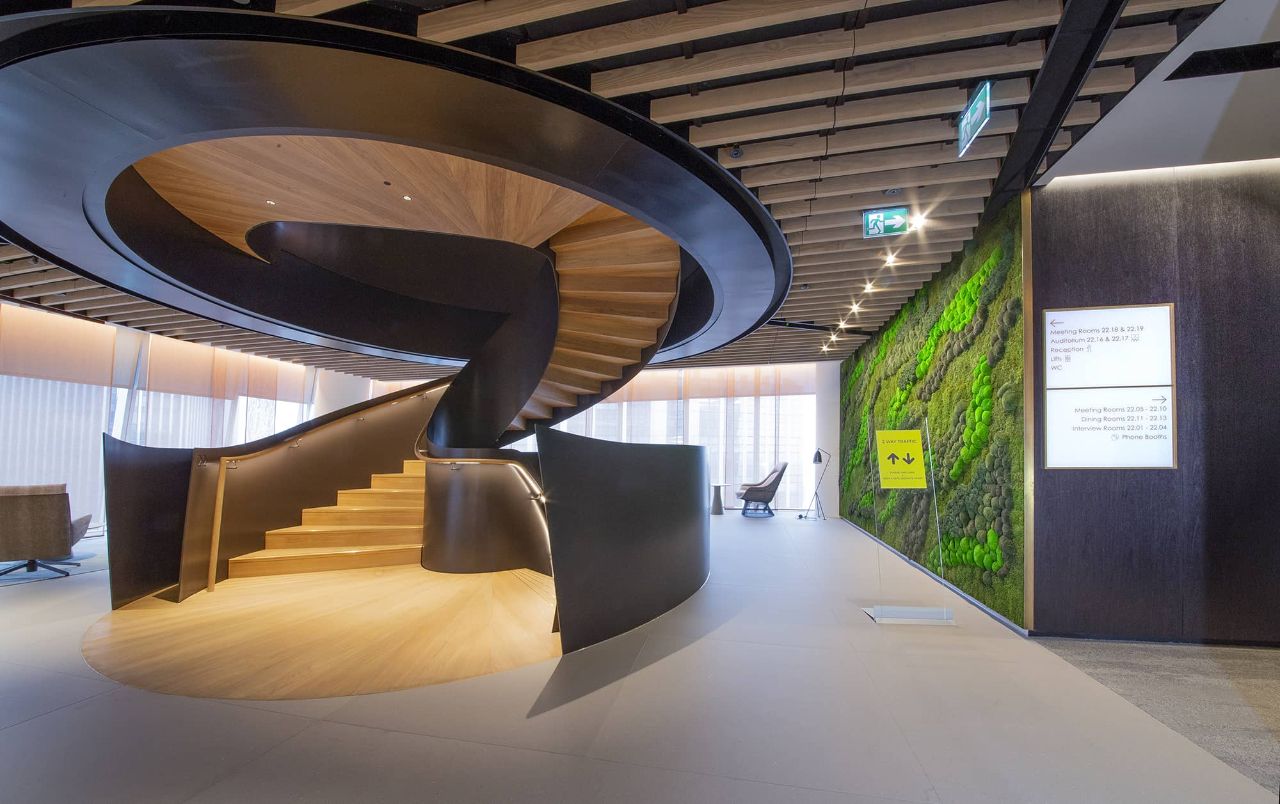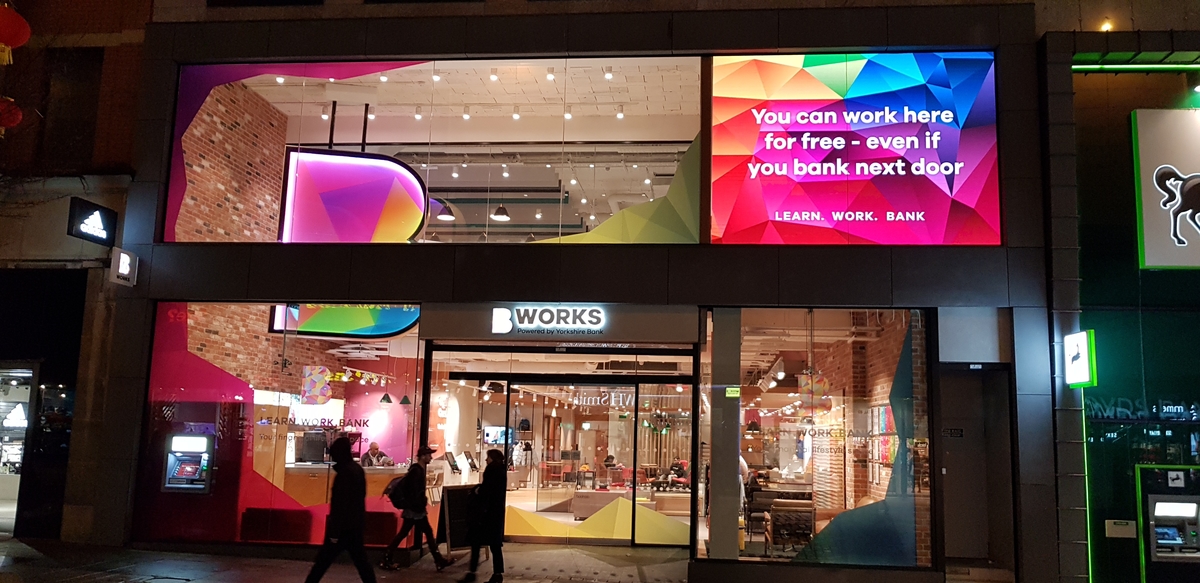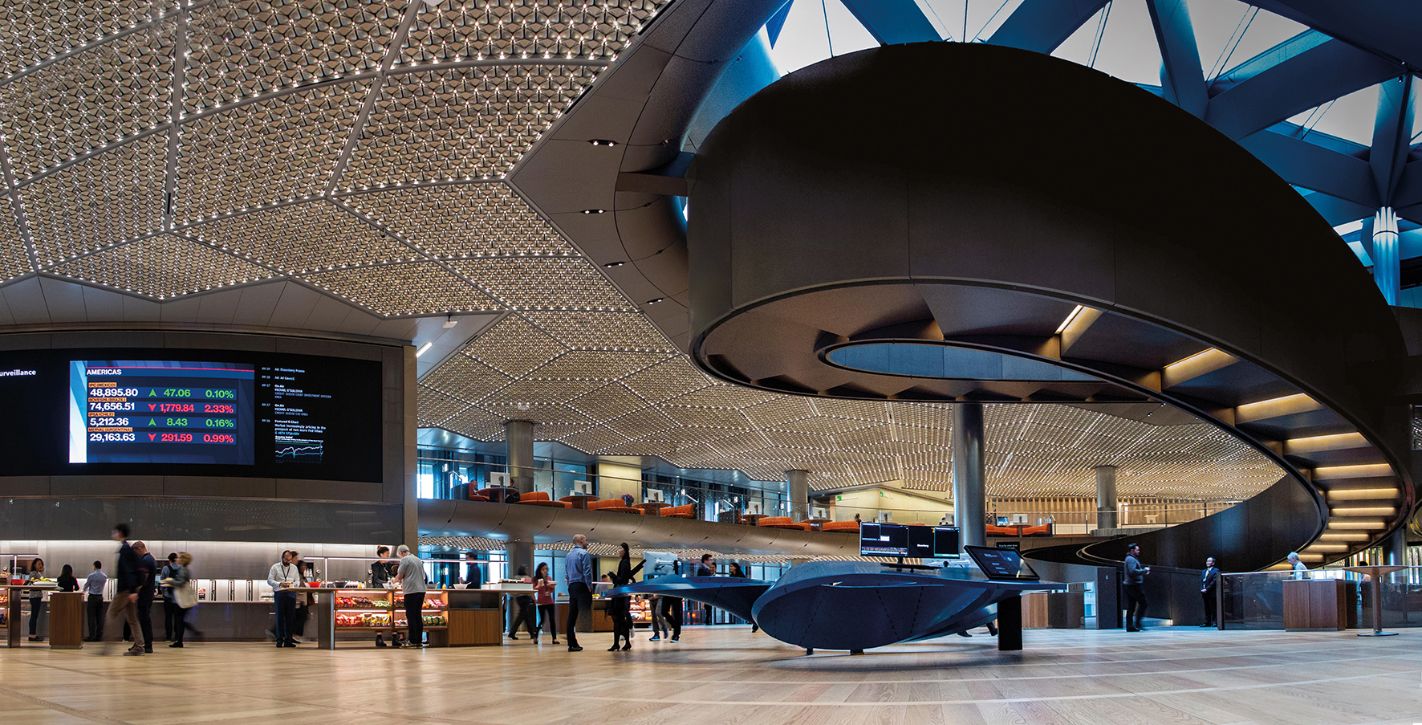simplex ltd
Project Name: Brighton & Hove wayfinding scheme
Client: Design, Print and Sign
Sector: Towns & cities
Location: Brighton & Hove, UK
The role: Trade manufacture of monoliths and miniliths to the client sign company to graphic and install.
The brief: In 2013 Design, Print and Sign approached Simplex Ltd looking for an alternative solution to the wayfinding monoliths and miniliths fitted throughout the city of Brighton & Hove. The existing signs were constructed of thick stainless steel components and vitreous enamelled panels – very well engineered but with a price to match! Problems had been experienced with the panels’ enamel finish being chipped by stray pebbles from the beach causing exposure of the raw steel beneath which would then rust, blister and blow.
Technical details: Starting with the internal frame Simplex Ltd chose to use one of their own aluminium extrusions (framebuild) designed for this exact use. Knowing many of the signs would be sited on the unforgiving south coast seafront these were further reinforced with rubber powder encapsulated steel to strengthen at the point of fixing into the ground.
A bespoke extrusion was then designed to fit to this inner frame and also allow the fitting of the face panels as well as flush fitting side panels. Once the die had been made to Simplex Ltd’s specification and the aluminium extruded to the most economical length it was then silver anodised to AA25 to give it the best protection for external use.
Face panels were made from 3mm aluminium in sections to suit a header panel, middle map panel and footer panel with the company’s own tongue and groove extrusion on the panel joints to ensure the faces remain in planar. Given the location of some of these signs, all panels were further fitted with 19mm marine ply to the rear to minimise the impact from vandalism. With these panels designed to simply slide in from the top this also gave the advantage over the previous signs of making the panels easily replaceable if damaged, an update was required or a change was required for one-off events.
Simplex Ltd supplied the panels to Design, Print and Sign in a painted finish (with a graduated finish on the bottom panel) upon which they screen printed the necessary text, map panel, logo etc. and then had a further 2 coats of clear lacquer applied to both protect the screen printing but also to give a depth of finish close to the that of the enamelled panels. The signs were finished with grade 316 marine grade stainless steel side trims, top cap, kick plate as well as floor plate with engraved disc which could be orientated to face north.
[Since 2013 Simplex Ltd has supplied 50+ such signs as well as fingerpost ones].
Outcome: With 25 years (at that point in time) of experience in sign systems and metal fabrications, Simplex Ltd successfully used different materials and construction techniques to give similar looking signs but at a much lower cost and without the previously mentioned problems associated with the original vitreous enamelled panels.
Case Study Submitted by: Simplex Ltd, Andy Thorne Managing Director (sales@simplexltd.com).




